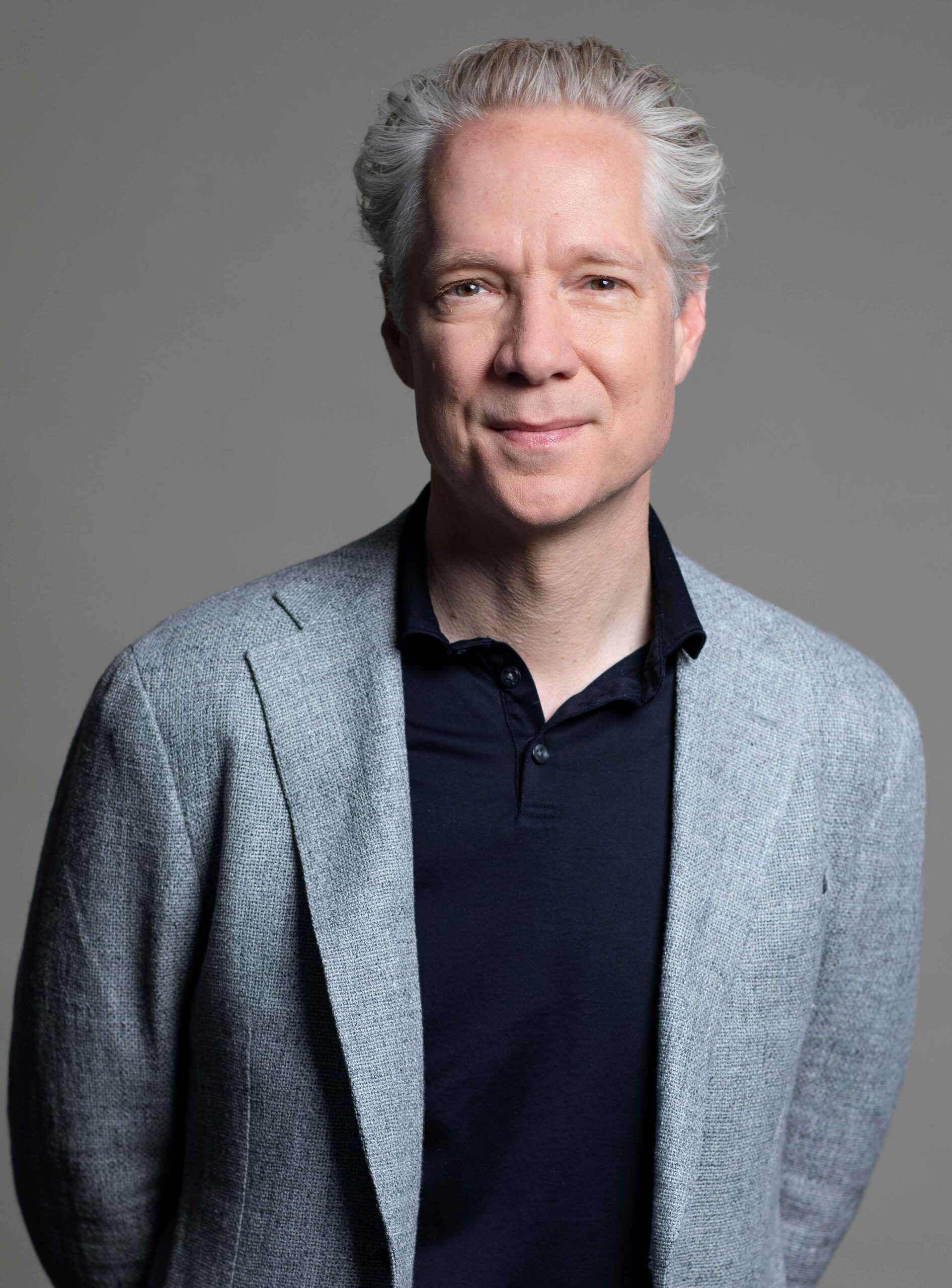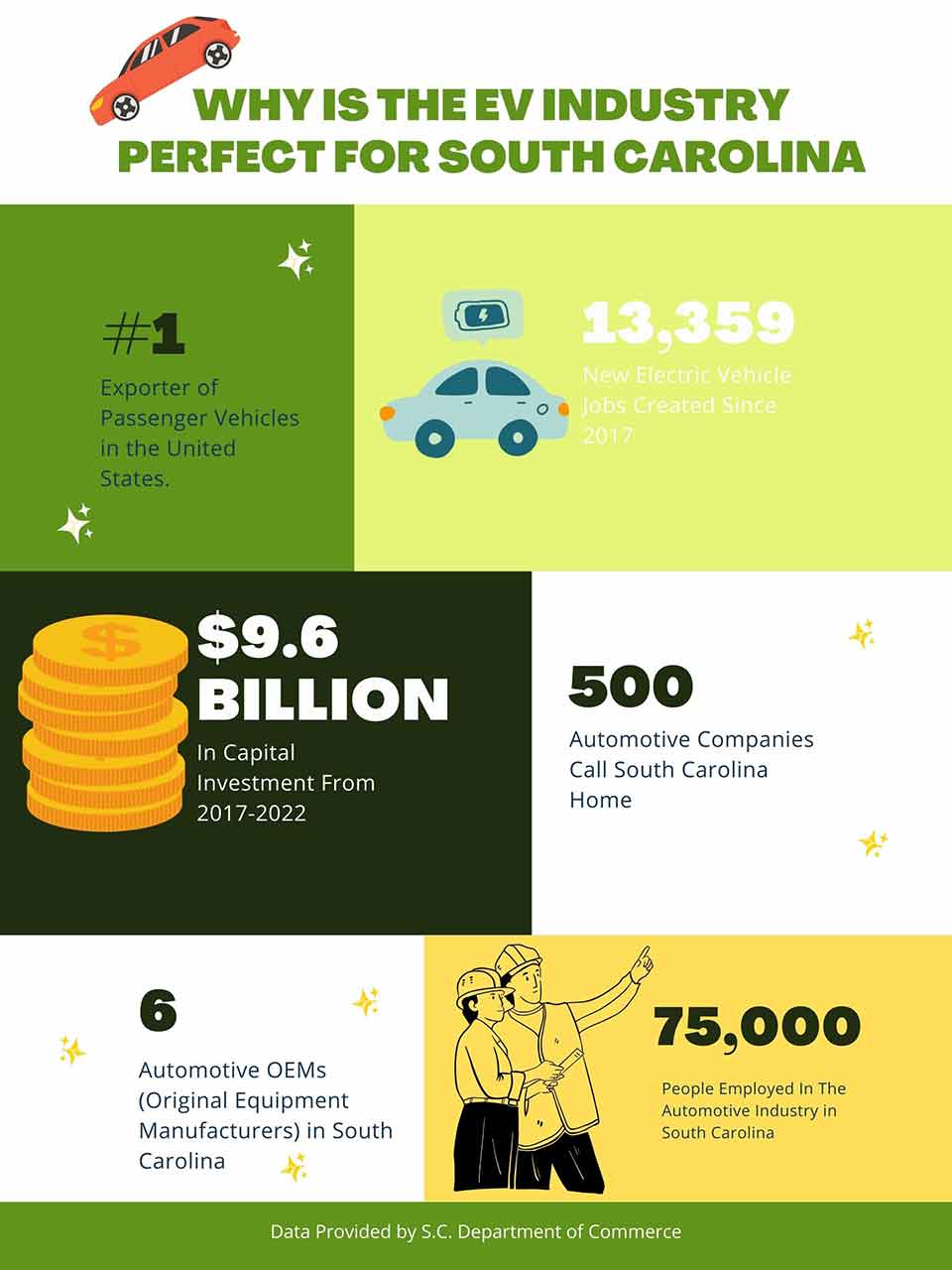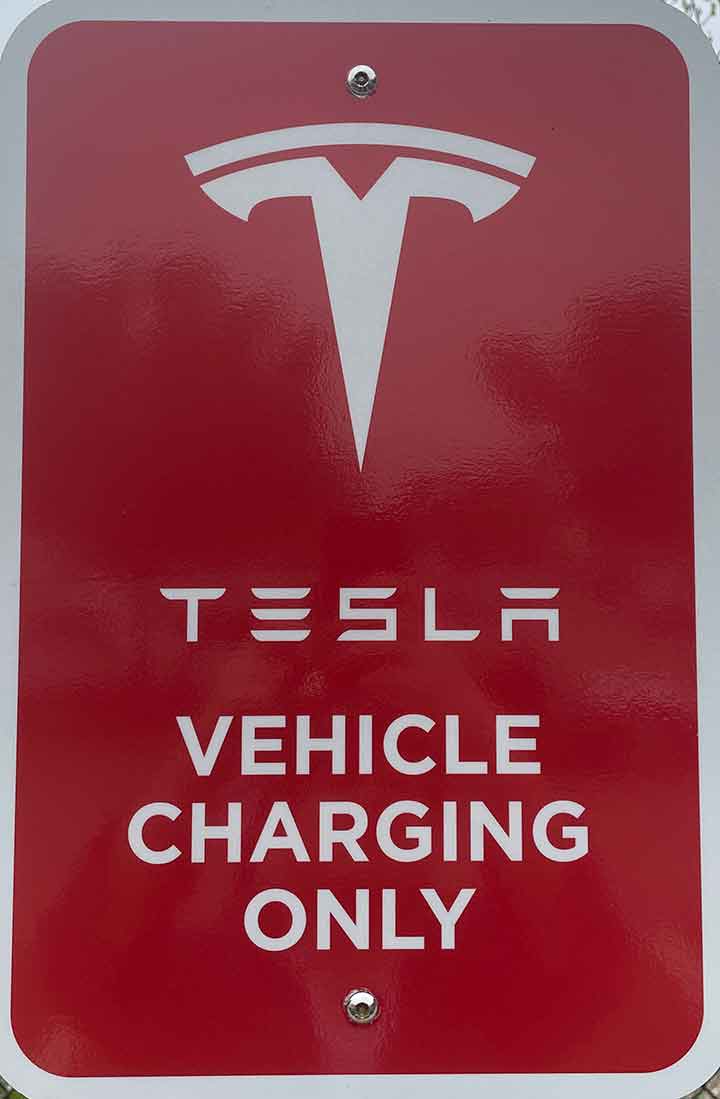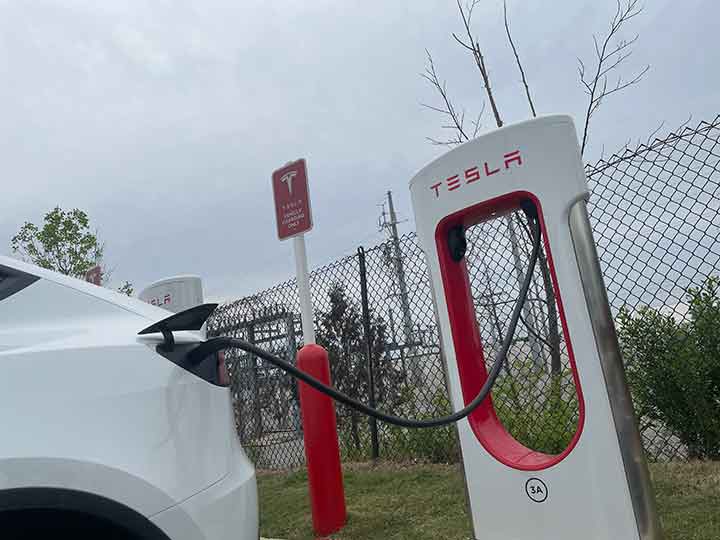Concept image of the new Scout Motors facility located in Blythewood. (Photo courtesy of Scout Motors)
Leaders of the EV industry are starting to pack their bags and head to South Carolina as the state becomes a hub for automotive development.
In the past year, Redwood Materials, EnVision AESC’s partnership with BMW, Cirba Solutions and, most recently, Scout Motors have all established roots in the state.
“We (South Carolina) have become a new automotive capital of the U.S.,” said Zoran Filipi, head of the newly established electric vehicle program at Clemson University.
The state now even has its own EV website, a focal point for statewide electric vehicle inquiries.
The website came about after Gov. Henry McMaster issued an executive order at the Greenville Electric Vehicle Summit in late 2022 promoting the increase of EV production and infrastructure.
“Times are changing, and we are right in the middle of it,” McMaster said at the summit. “It’s a great future.”
Data from the S.C. Energy Office reinforces this.
South Carolina is ranked first in public funding of electric vehicles per capita in the Southeast. The state is also fifth in the Southeast for charging station placement and market share for vehicle sales.
Despite the industry’s popularity in the state now, this was not always the case.
So how did this electric vehicle revolution start in South Carolina?
The beginning
The rise in EV development that South Carolina is seeing today started almost 30 years ago with Gov. Carrol Campbell’s 1992 announcement that BMW was locating its first North American plant in the S.C. Upstate, said Eddie Cogdill, S.C. Department of Commerce’s EV Coordinator.
The state’s ability to handle all that a company such as BMW would require concerned many people at the time.
“A lot of people didn’t think that BMW would be able to locate in South Carolina, and, you know, meet all their goals,” Cogdill said.
But South Carolina did just fine. That led to the expansion of the plant along with the explosive growth in the automotive industry statewide.
Cogdill said the state has received nationwide attention for its handling of the BMW move.
“The state created 40,000 jobs. That’s a $27 billion effect on the state,” Cogdill said. “And so when you do that, and you have a company like Michelin that came years ago, you start being known as a state that can make things like that happen.”
What came next was a snowball effect.
Companies such as Mercedes-Benz Vans, Volvo and the Bridgestone and Continental tires companies followed, making South Carolina the No. 1 exporter of passenger vehicles in the nation.
Some say the expansion into electric vehicle manufacturing isn’t a big surprise.
The move towards electric
Redwood Materials and Scout Motors, a Volkswagen company, each have announced in recent months they would build in South Carolina.
Redwood is a leader in ground-breaking recyclable battery cell technology – the heart of every electrical vehicle.
The company’s announcement of a Lowcountry plant is arguably one of the biggest announcements the state has made in the past year.
“Obviously Redwood is the biggest deal because Redwood Materials is going to complete the life cycle, the battery life cycle,” Cogdill said. “They’re gonna be able to retrieve 95% of the minerals and metals needed to make anodes and cathodes that are used in the lithium ion batteries. And the great thing about that is it helps relieve our dependence on foreign countries.”
Gaining foreign independence is undoubtedly the most important part of this move for the state and the nation, Cogdill said.
Redwood chose to operate just outside of Charleston in Berkeley County with a $3.5 billion investment.
Most recently, Scout Motors is investing $2 billion into an upcoming Blythewood manufacturing plant off I-77 in Richland County.
“We reviewed 74 sites, and Blythewood quickly rose to the top,” Scott Keogh, Scout Motors president and CEO, said in an email to The Carolina News & Reporter. “If you look at the infrastructure and logistics capabilities around Columbia …, the quantity and talent levels of the state labor force, and the willingness of state officials to be collaborative business partners, the decision to locate Scout in South Carolina becomes the obvious choice.”
The Scout team made its decision after learning about McMaster’s executive order of October 2022.
“Gov. McMaster prioritized building EV infrastructure, preparing the state workforce for advanced manufacturing jobs, and strategically organizing EV planning under a centralized state working group,” Keogh said. “This aligned with our vision of working with a state partner that was committed to becoming the epicenter of electric vehicle innovation.”
Scout Motors is set to reveal the first Scout concept vehicles to the public in 2024.
Keogh describes his company as “pioneers.”
“We’re embarking on this new industrial revolution and are proud to be at the forefront,” he said.
State preparation
With the move of Redwood Materials and Scout Motors to the state, many people have questions about whether or not South Carolina has an available workforce.
Keogh doesn’t seem to be worried.
“We chose South Carolina because of its talent and its ability and commitment to train its people,” he said. “The region is experiencing tremendous growth and already benefits from a strong labor force.”
South Carolina is attempting to address the need for skilled workers through training programs.
As a part of the Scout Motors deal, Midlands Technical College has received $25 million to build a training center owned by the college and will train S.C. residents for Scout Motor employment.
“They’re (Midlands) going to have enough students in the pipeline to be able to fill those jobs,” Cogdill said. “Scout is going to hire 4,000 people. They are geared up and ramping up to be able to train and provide for those employees. And then you’ve also got readySC, which works with the tech schools to put together those training programs and to fill those positions.”
That follows a similar deal with BMW and Midlands Tech.
State schools such as Clemson University and the University of South Carolina are playing their role in getting their students ready to work for these companies as well.
Clemson recently established its own EV program, for example.
While USC might not be there just yet, the current curriculum is well on its way to being ready.
“Even if the certificate (degree) is not there, the trick is that there are a lot of opportunities to take classes in those spaces to get the fundamentals that would help people (students) secure jobs in those fields,” said Kristen Booth, assistant professor at USC’s College of Engineering.
Outside the realm of workforce preparation, the state is working on other projects as it gets ready for Scout’s introduction.
The S.C. Department of Commerce released a breakdown of the state’s $1.2 billion incentive plan early this month:
- $650 million – construction of I-77 interchange to alleviate traffic issues
- $400 million grant – company assets
- $200 million loan – soil stabilization to be repaid by Scout with 5% interest
- $16 million – property acquisition to connect to a Class I rail mainline.
If estimates are correct, the billion-dollar incentive will quickly be returned, analysts say.
Economist Joey Von Nessen said Scout is projected to have a $4.2 billion impact on the state.
Estimations like this are good for morale.
“Through our strong partnership with the state, we are confident in our ability to bring this facility to fruition,” Keogh said.
Scott Keogh, president and CEO of Scout Motors. (Photo courtesy of Scout Motors)
Graphic displaying why South Carolina is a top location for EV industry leaders. (Graphic by Dylan Knichel)
One of Tesla’s many Supercharger stations located in Harbison. (Photo by Dylan Knichel)
A Tesla, one of the nation’s most popular electric vehicle on the market, being charged at one of Columbia’s several Supercharger stations, illustrating the growing popularity of the industry. (Photo by Dylan Knichel)






